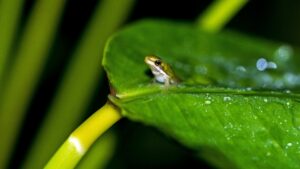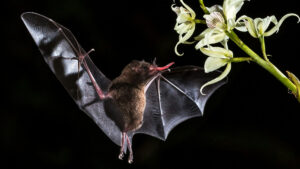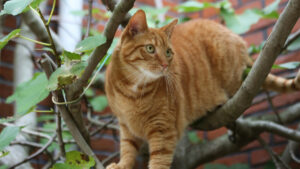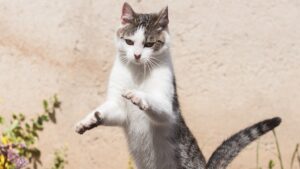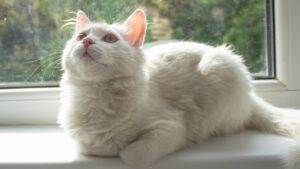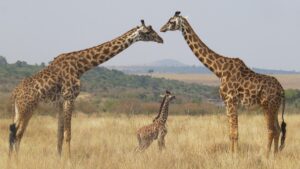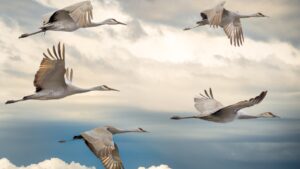Cats, with their enigmatic personalities and elegant poise, are among the most cherished pets around the globe. However, their path from wild hunters to beloved companions is a fascinating tale of adaptation and coexistence with humans. We explore the historical development of cats, examining their genetic evolution, theories of domestication, and the cultural impacts that have shaped their status today.
Wild Beginnings of Cats
The story of domestic cats begins in the wild, with their ancestors — fierce and solitary hunters. Genetic studies trace the lineage of today’s domestic cats to the Near Eastern wildcat, Felis lybica, particularly its subspecies, the African wildcat. These wildcats roamed the deserts of the Middle East. They survived through stealth, agility, and a carnivorous diet, characteristics that are still evident in our domesticated breeds.
Pathway to Domestication in the Fertile Crescent
Domestication of cats is distinctively different from other domesticated animals like dogs and cattle, primarily because cats domesticated themselves. This process began around 9,000 years ago when the first agricultural societies emerged in the Fertile Crescent. As humans settled and started farming, grain stores attracted rodents, which in turn drew wildcats. This mutually beneficial scenario laid the groundwork for domestication. Humans welcomed the natural pest control, while wildcats received a steady food supply.
Unlike dogs, which humans actively bred and selected for specific traits, cats’ domestication was a more natural and less directed process. Their presence around human settlements gradually became a common sight. Over time, these wildcats evolved into more sociable and less aggressive beings, fit for cohabitation with humans.
Genetic Changes and Adaptation
Recent genetic studies have shed light on how domestic cats have diverged from their wild counterparts, per Science News. While physically, domestic cats and wildcats are strikingly similar, domestic cats exhibit behaviors and features that have undoubtedly been shaped by their association with humans. For example, domestic cats are generally more tolerant of humans and other animals. Also, they exhibit a wider range of coat colors and patterns — traits that likely developed through artificial selection by humans.
One of the most significant genetic adaptations in domestic cats is the mutation in the gene responsible for the “tame” behavior. This gene makes them more approachable and less fearful of humans. Additionally, domestic cats have developed a strong ability to digest carbohydrates, which is less common in strict carnivores like wildcats. This adaptation likely developed as cats scavenged human waste for food, which had higher plant content.
Cultural Impact of Cats: Ancient Egypt, Medieval Europe, and Modern Times
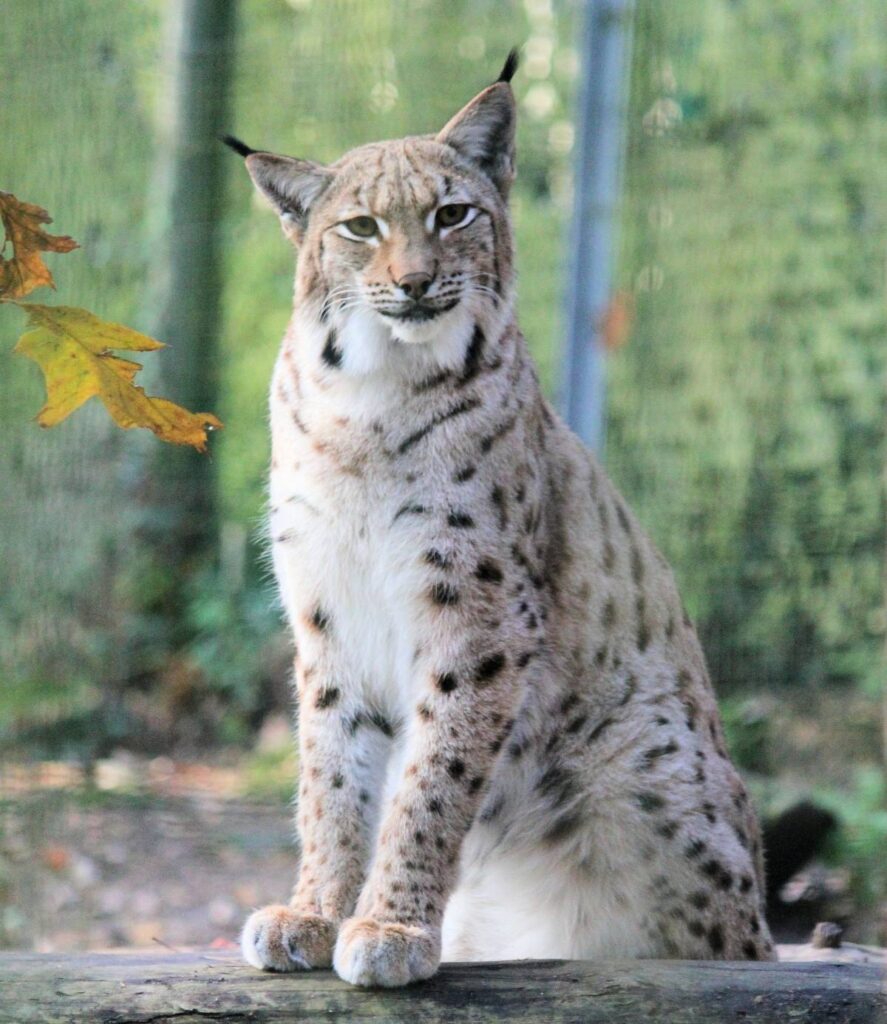
As cats became more integrated into human societies, their cultural significance grew. In ancient Egypt, people revered cats. They associated them with gods and goddesses. Also, families kept the pets to bring good luck and protection. Cats were so highly valued that killing them, even accidentally, was punishable by death.
In medieval Europe, however, cats faced a darker period. They were often associated with witchcraft and bad luck, leading to mass killings during the Black Death pandemic. It wasn’t until the late 18th century that cats began to regain their status as beloved companions.
The modern era has seen a significant shift in the cultural perception of cats. They are now celebrated in various forms of media, including films, books, and internet memes. The rise of the internet particularly highlighted the cat’s status as a cultural icon, with countless videos and images contributing to their popularity.
Journey From Wildcats to Domestic Cats
The domestication of cats is a unique reflection of their adaptability and enduring appeal. From solitary hunters of the desert to beloved household pets, cats have woven their way into the fabric of human life. Their journey from wild predator to domestic companion highlights a complex interplay of natural selection and cultural influence.
As we continue to study their history and genetics, we come closer to understanding the full story of these fascinating creatures. They continue to capture hearts around the world. Furthermore, by studying the evolution of domestic cats, we not only uncover more about these intriguing animals but also gain insights into human history and the ever-evolving relationship between humans and animals.
RELATED: Why Do Cats Purr? — Understanding the Feline Symphony
Header image: Cat in a tree / Oscar Fickel via Unsplash
I’m Mark Putzer, and my passion for animals and all things nature is a life-long love affair. Growing up in Wisconsin, I had many cherished memories of hiking, skiing, and enjoying the abundant wildlife in the Badger State.
My passion for animals led me to marine biology research for my studies at the University of Wisconsin. I researched the behavior and communication of humpback whales around Hawaii and Orca Whales around the San Juan Islands of Washington State. The experience of being close to these massive and magnificent creatures is amazing. Later, I taught outdoor education to children in California — passing along my knowledge of animals and nature to the curious minds of the next generation. I also love pets. This includes a Labrador Retriever dog named “Molly” when I was a kid — and now, an adventurous tabby cat named “Rosy.”
I’m here to share the wonders of the animal kingdom with you. Whether it’s a cherished pet at home or an animal out in the wild, there are many unique stories and interesting information to share on Weird Animal News! Enjoy!

